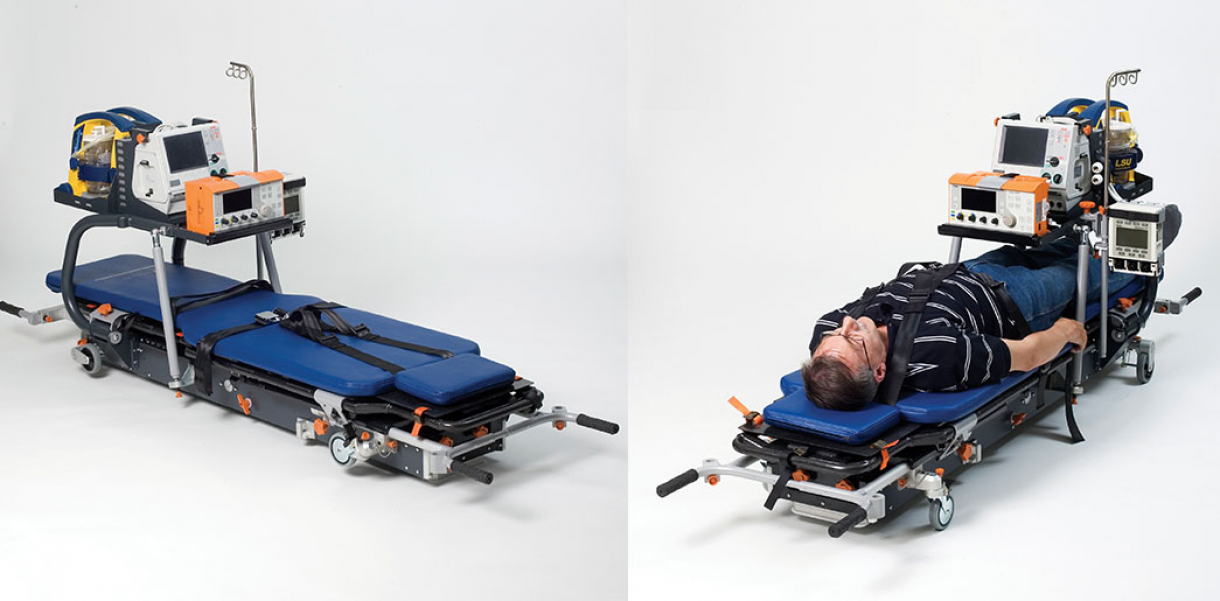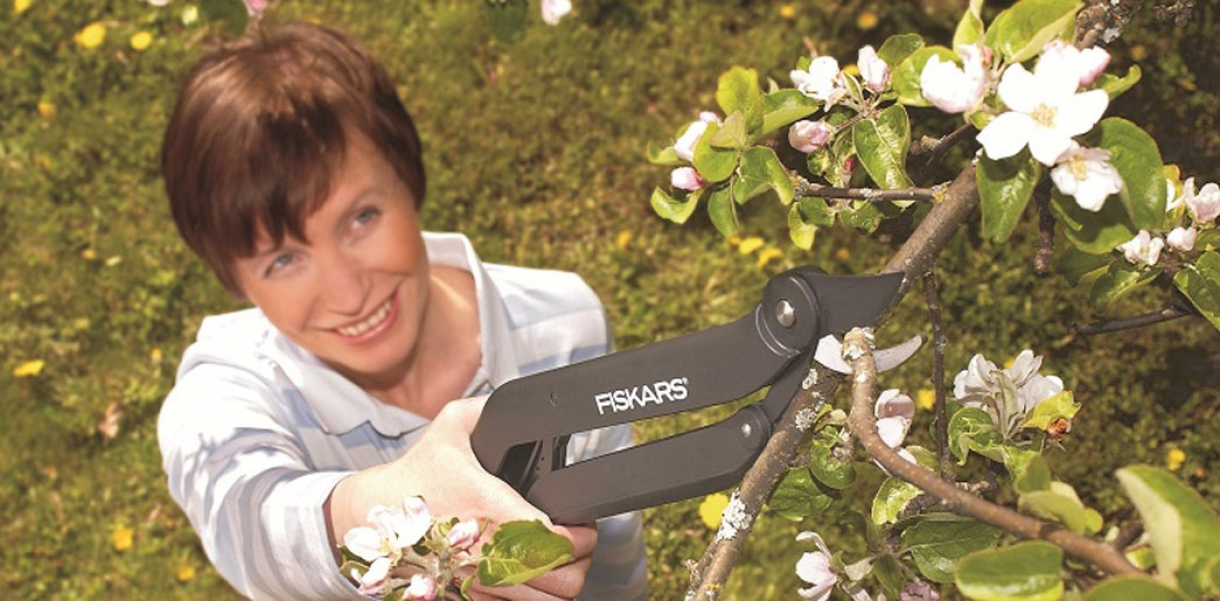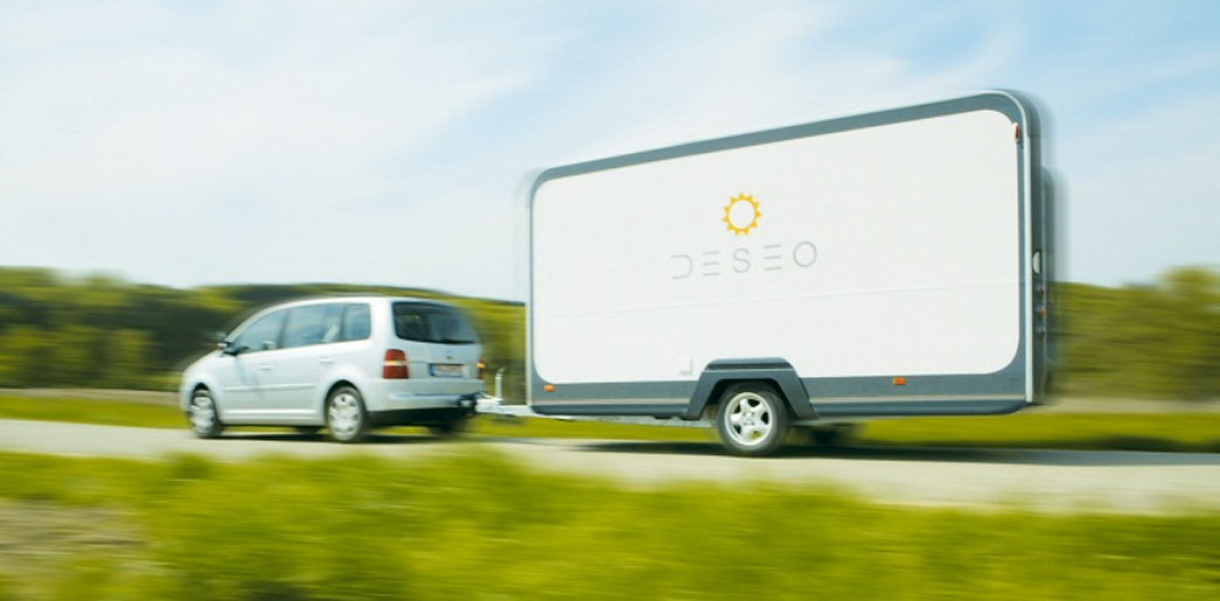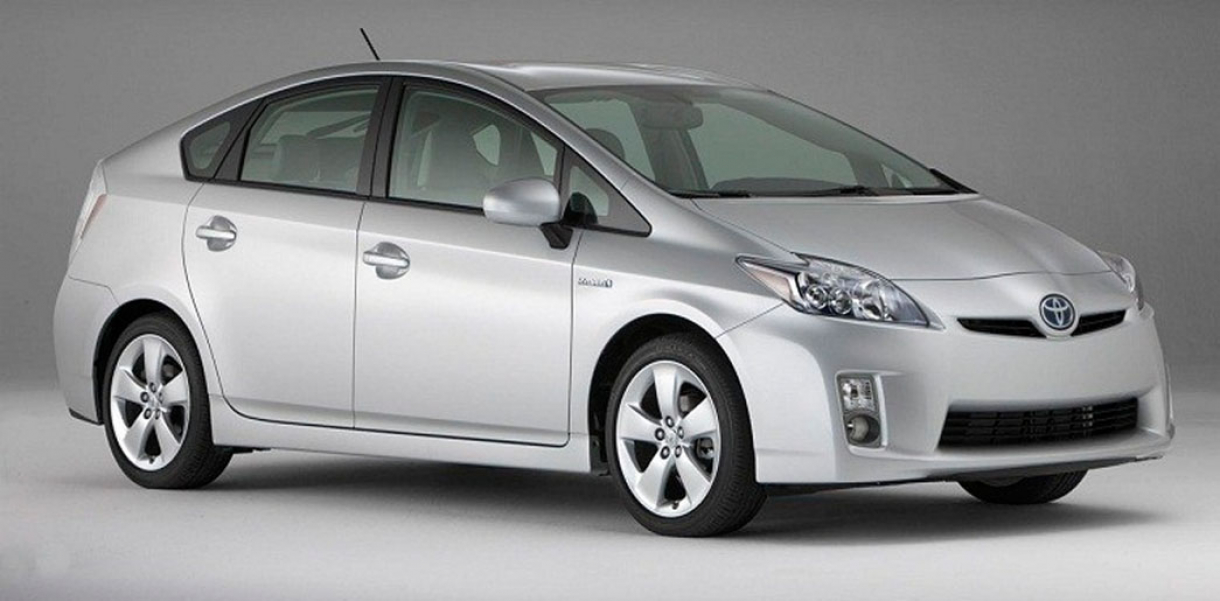Functionality and use of design
Detachable “spineboard” eases the primary loading since it has the known usability of a spineboard. Permits CT-scan/fluoroscopy. Possibility to raise the back, legs for medical reasons or for comfort. The Patient is constantly connected to the equipment during the whole transportation, no interruptions in oxygen/power increase survival probability.
How did this design improve life?
The SNAM concept, which the MICUS stretcher is a part of, is designed to be loaded on a standard commercial aircraft without major changes to the plane, this makes it suitable for rapid deployment of medical care. The stretcher increases safety for the patient by having all medical equipment integrated and attached to the stretcher. There is no need for reloading patient while changing the transport means. The stretcher is very compact designed and prepared for various kinds of transport (see below). The stretcher is designed to meet the needs of the medical staff as well as the patient.
Drawbacks of life improvement
Since there is a disadvantage to move (lift and “disturb”) critically injured patients and a standard retrieval situation today calls for at least 5 to 6 patient movements, each might severely decrease survival due to change of air supply, power supply, different monitoring systems, as well lifting the patient. With this new system, the above-mentioned scenario reduces the movements to two, increasing patient safety and survival chances. So as I see it, there are no drawbacks to this new design, only positives!
Research and need
One group consisting of designers, flying doctors, nurses and medical technicians was the primary user group that provided necessary input and the needs and future specifications of the MICUS stretcher. The process aimed at raising all the needs of a new product and to evaluate suggestions, good or bad. The requirement specification submitted from the Swedish Civil Aviation Authority (LFV) was the main document that the group had to comply to. Good requirement specifications don’t go into detail into how the work around the stretcher should be carried out, therefore the group had a good possibility to really set a new standard. Engineers from different fields were involved from the start, as well as medical equipment technicians and material experts.
Designed by
Johan Gustavsson & Marcus Lagerquist - Sweden




